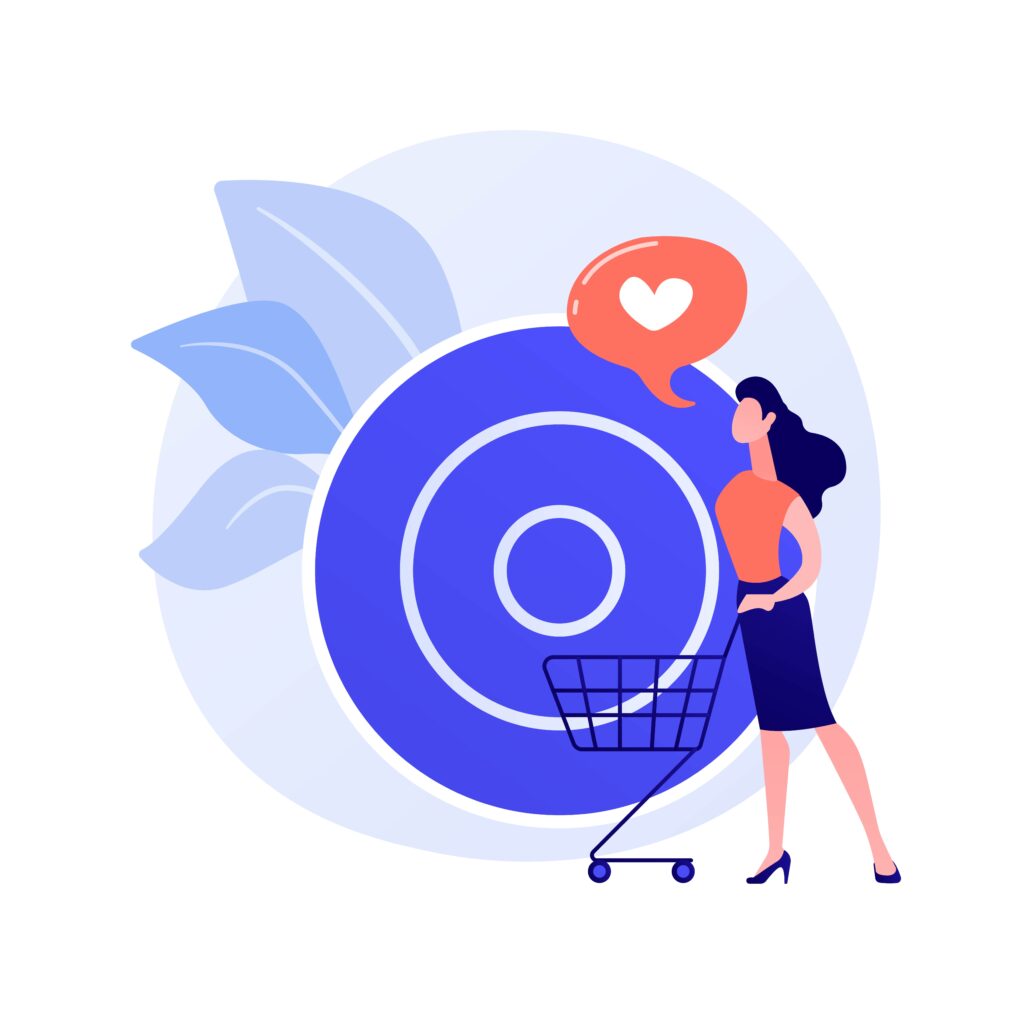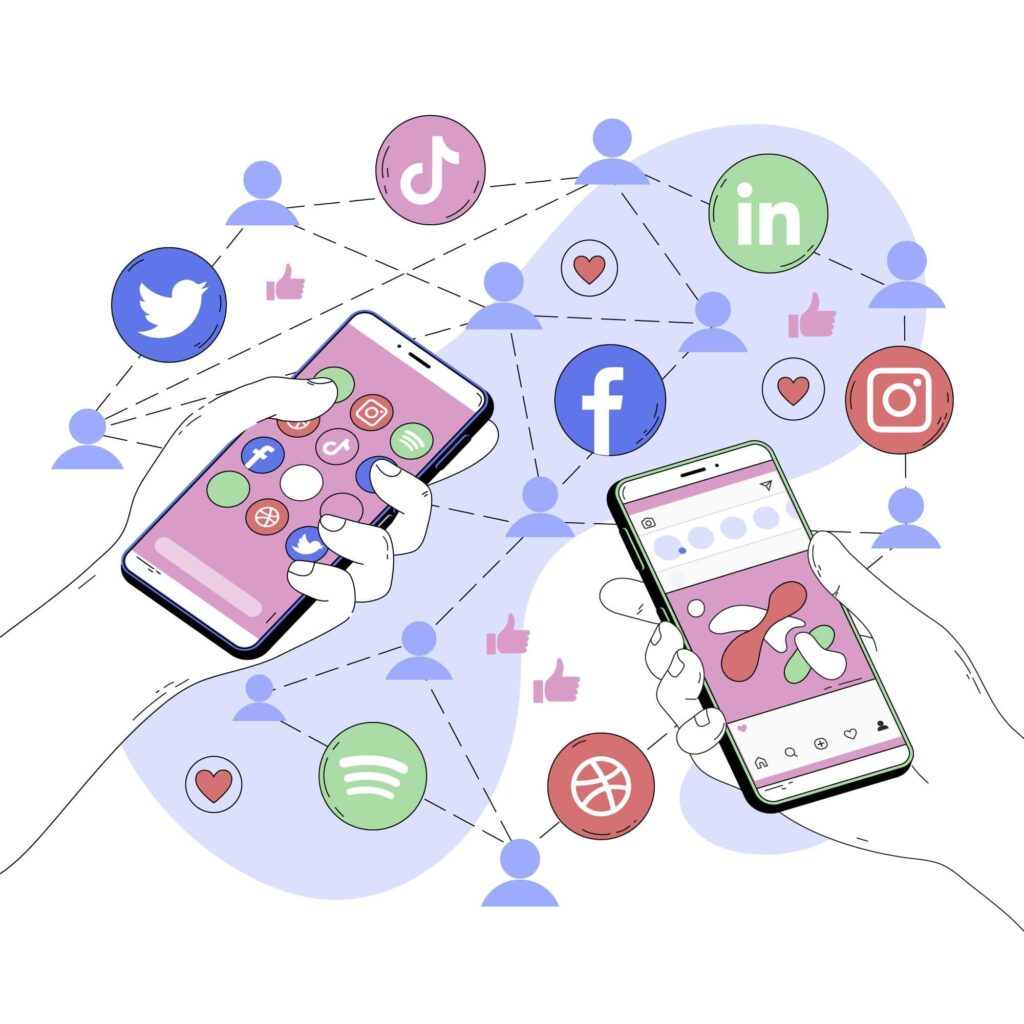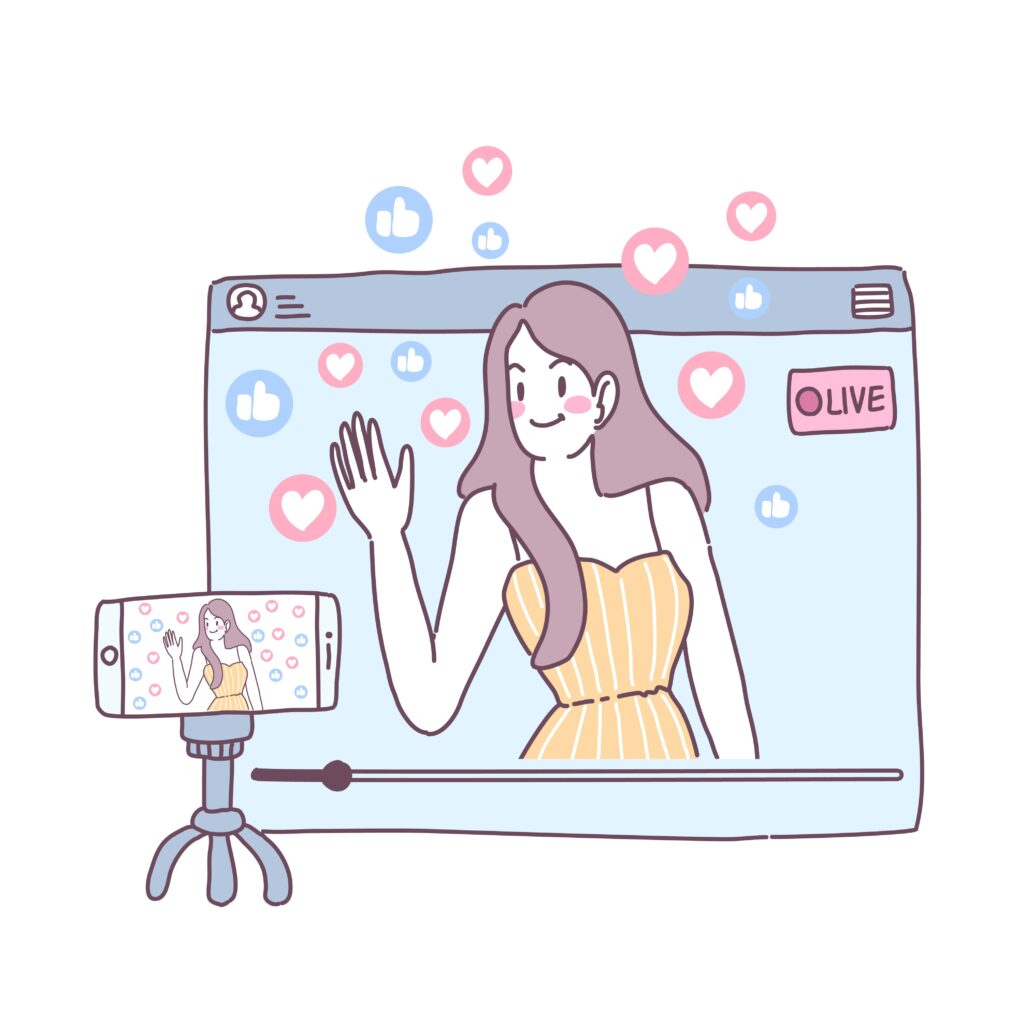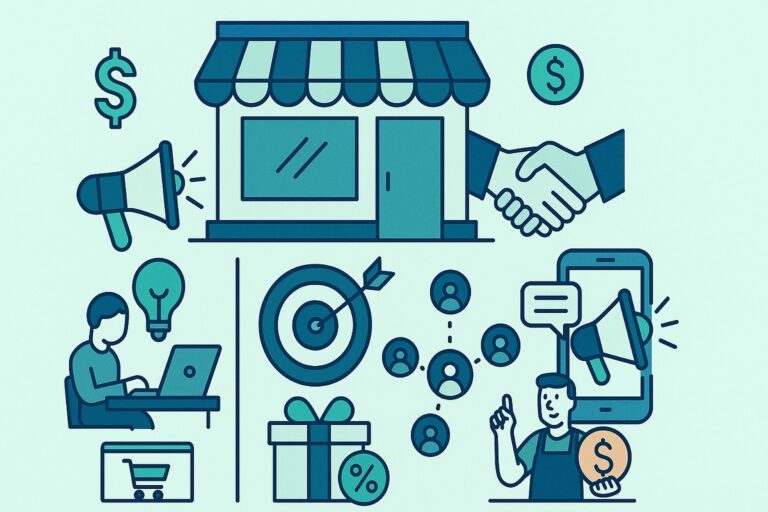Reaching and attracting new potential clients is a goal shared by companies of all sectors and sizes.
Once a visitor arrives at one of your digital channels, you have the chance to educate your buyer persona about their problems and show how your solution can help them overcome them.
However, this is not such a straightforward process. To really qualify your leads and generate loyal clients, you must be ready to retain their attention and fix your brand at the top of their minds.
How to do so? The most effective strategy is to engage your audience through customer experience. This is the only way to differentiate yourself from the other infinite competitors present in the digital environment.
After all, before buying something or hiring a service, the modern consumer will likely gather information about your business and browse its content.
If they find the experience to be satisfactory, they will trust your brand and hold it in a position of authority.
But you probably already know all of that. The question is: how can you create the perfect experience for your audience and make sure they will not only visit your pages but actually become return customers?
Throughout this post, you will learn different techniques to achieve this vital objective!
Table of Contents
ToggleUnderstand Your Audience’s Profile
The concept of brand communication changed after the internet became a central piece in everyone’s daily life.
It doesn’t matter who your client is; they surely use the web to work, browse products, connect with friends, etc.
What does it mean? It is the perfect opportunity for businesses to convey their messages to a broader audience and reach markets that would be impossible to access in another context.
However, it is fundamental to know who you are targeting.

Even if you create a high-quality customer experience, it will be useless if not targeted at the right profile.
For example, imagine you are receiving plenty of visits to your product pages, but most visitors leave before taking any action. This is a common symptom in strategies that skip a crucial planning stage: defining a buyer persona.
The persona works as a representation of your ideal client. In some way, it resembles the concept of a target audience, but a buyer persona goes much deeper.
Besides including demographic data, such as location, gender, and age, it should indicate their primary goals, pains, desires, needs, etc. The idea is to enable your marketers and sellers to approach potential clients in a way that increases their chances of converting.
When you understand your buyer persona, you can create customized experiences that add value to their buying journey and keep them engaged with your materials.

Use Multiple Channels
Once you have defined your buyer persona, you will know your audience’s favorite digital channels. It is crucial to establish your presence on them.
So, if you are looking to impact a younger public, you will probably find them on social media such as Instagram, Tik Tok, and Twitter. Target these channels to create content that fits the network’s characteristics and enables your persona to engage and interact with your brand.
Here, it is important to highlight: don’t restrict your digital presence to a single channel, even if your audience loves to use it.
Don’t ignore more traditional channels like email and SMS. SMS marketing in particular is very effective. More than 90 percent of people read a text message within the first three minutes.

Behavior in the digital environment changes quickly, and relevant social media may become obsolete before you can even notice it. By creating profiles on different platforms, your brand will be ready to deal with those changes and, more importantly, will reach even more potential clients.
And since we are talking about an omnichannel approach, never neglect the importance of having a solid website and a lovely blog to disseminate your content.
The website is considered the front page of your company on the internet and must offer good experiences to people trying to learn more about you. On the other hand, having a robust blogging strategy enables you to explore SEO techniques and bring relevant visitors to your content.
Besides using multiple channels, try to connect all of them. Blog posts can include CTAs that lead to relevant videos on Instagram, while your Reels can guide followers to subscribe to your newsletter. The possibilities of creating complete and qualified experiences are infinite.
Create High-Quality Content
There is already a lot of content being published every day, and you don’t want to be more of the same.
So, use your resources and creativity to build unique materials that really wow the audience. If you know your buyer persona’s traits, this mission becomes a lot easier.
You must be aware of internet trends and collect data to improve the strategy constantly. After some time, you will understand which elements bring more engagement to the material and which aspects drive leads away.
Example? Many people prefer to consume content in the form of videos rather than reading a blog post.

If you identify this preference in your audience, you can focus your attention on video marketing, improving the way you engage your public through customer experience.
As you can observe, the key is on matching your content specifics with those of your audience.
Offering unique and qualified content experiences will only improve the way people perceive your brand, contributing to better results and lasting relationships.
Motivate Interactivity
Interactive marketing. If you are constantly looking to boost your content strategy’s results, you have probably heard of this term.
The idea is to include interactivity in your marketing efforts, motivating the buyer persona to engage in precious experiences. Instead of just reading a piece of text or watching a video, this approach enables your audience to actively participate in their own journeys by clicking, commenting, and exploring several ways of interaction.
Interactive content creates the right conditions for you to customize experiences and build strong connections between the brand and clients. While static materials go only one way, interactive ones create an honest dialogue.
Because of that, customers feel like they are in charge of the experiences, which is true since the content will be different according to segmentation and the actions taken by users. One of the best examples is the interactive calculator.

This type of interactive content is often employed at the bottom of the funnel, as it can provide leads with information tailored to their actual situation.
An application that calculates ROI, for example, enables the public to see for themselves how a specific solution can bring advantages and solve their problem. This is a strong motivator for closing a sale.
Other stages of the marketing funnels can also take advantage of interactivity, such as calculating NPS and customer satisfaction, to gauge the overall customer experience and identify areas for improvement.
Consider the top of the funnel, for example. Leads in there are not yet fully aware of their problems and need to be educated.
Well, interactive quizzes and infographics are perfect for this purpose. In the consideration stage, when leads are deciding which way to follow, white papers and interactive assessments may provide the final push before conversion.
Explore the Benefits
Incorporating interactivity into your content strategy can significantly enhance your marketing efforts. By allowing your audience to actively engage with your content, you create a more meaningful and personalized experience for them. This can lead to stronger connections between your brand and customers. For example, interactive calculators, like the one mentioned earlier, can provide tailored information to your leads, showcasing how your solution can benefit them. This kind of engagement can be a powerful motivator in driving conversions and closing sales.
However, interactivity isn’t limited to the bottom of the marketing funnel. It can also be a valuable tool at the top and middle stages. For instance, interactive quizzes and infographics are effective in educating leads who may not be fully aware of their problems yet. Additionally, white papers and interactive assessments can help prospects make informed decisions during the consideration stage.
By embracing interactivity throughout your marketing funnel, you create opportunities for deeper engagement and more informed decision-making for your audience. This ultimately leads to better results for your content strategy. So, if you’re looking to elevate your marketing efforts, consider integrating interactivity into your content. To discover more about how interactive content can benefit your brand and engage your audience effectively, learn more.
Offer Live Experiences
One of the aspects that make the internet such an attractive channel is the speed of information.
By accessing a live blogging platform, such as Twitter, people can quickly inform themselves on the most varied subjects.
Why not apply this model to your customer experience strategy? After all, the journey begins long before the lead even thinks about buying your solution.

Before coming to this stage, they will look for experiences that educate them and solve any doubts they may have.
As we mentioned before, those experiences must be unique, and different from those offered by competitors. One of the ways to add this differential is to provide real-time content.
Live videos on social media, webinars on specialized platforms, and real-time coverage of important events are only a few examples. You can also interact directly with your customer using live video tools in order to improve their overall experience. Regardless of the format you choose, it is key to provide ways for the audience to interact, which will bring the benefits we covered on the last topic.
Apply Principles Of Gamification
Few marketing strategies are as fun to implement as gamification.
The idea behind this approach is to apply gaming principles to the customer experience. There are many ways to do so.
For example, you can offer badges to your most loyal customers or create a program where buyers accumulate points and exchange them for gifts or experiences. Or, of course, you can create an actual game to be played by your persona, even if it implies a more robust investment.

The elements we find in any video game create very ludic experiences and enable your brand to engage leads in a way that will most likely delight them.
Besides contributing to loyalty and increasing sales volume, this will motivate users to share your content, increase your organic traffic, and open several new opportunities for your company.
You might be interested to check those related posts as well:
- Top 5 Content Experience Platform for 2024
- 9 Fundamental Components Of An Effective Brand Strategy
- Effective Influencer Marketing Strategies Guide 2024
Conclusion
If you can engage your audience through customer experience, you will observe growth in all your KPIs.
After all, engagement is one of the most valuable metrics in Digital Marketing and serves as a thermometer for your brand’s visibility and authority.
It may be challenging to create unique and qualified experiences, but you will certainly find the best way to achieve your particular goals by applying the tips we offered in this text.
About the author
Rock Content is a global company that enables the growth of companies through our suite of products. With over 2 thousand clients and more than 60 thousand freelancers, we are present in Brazil, México, the United States, and Canada.


